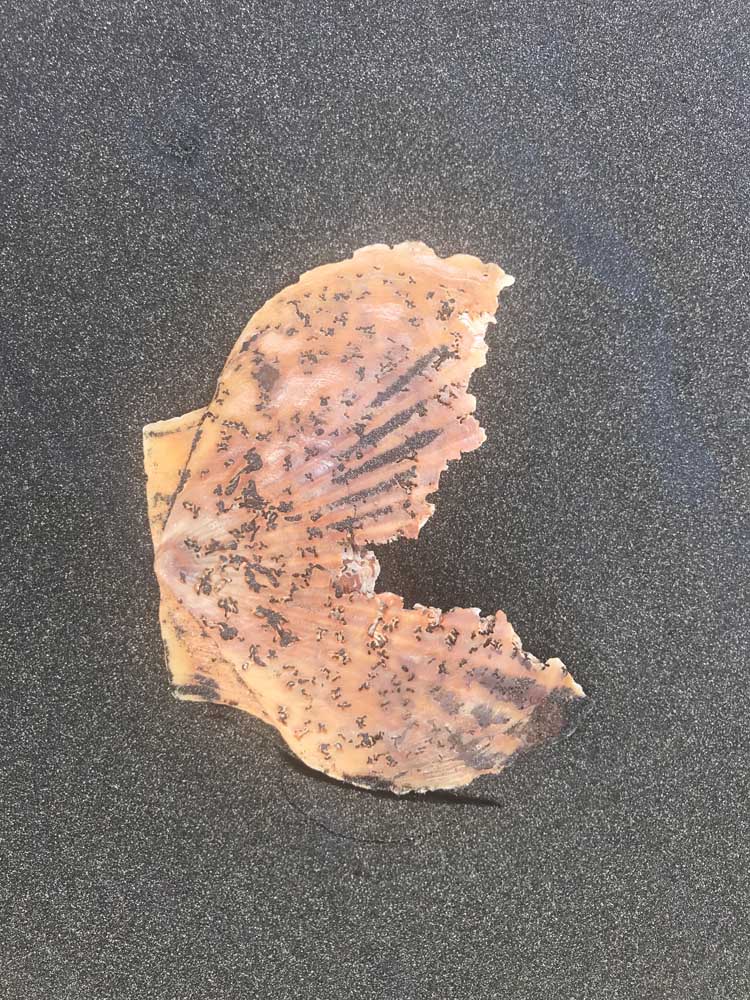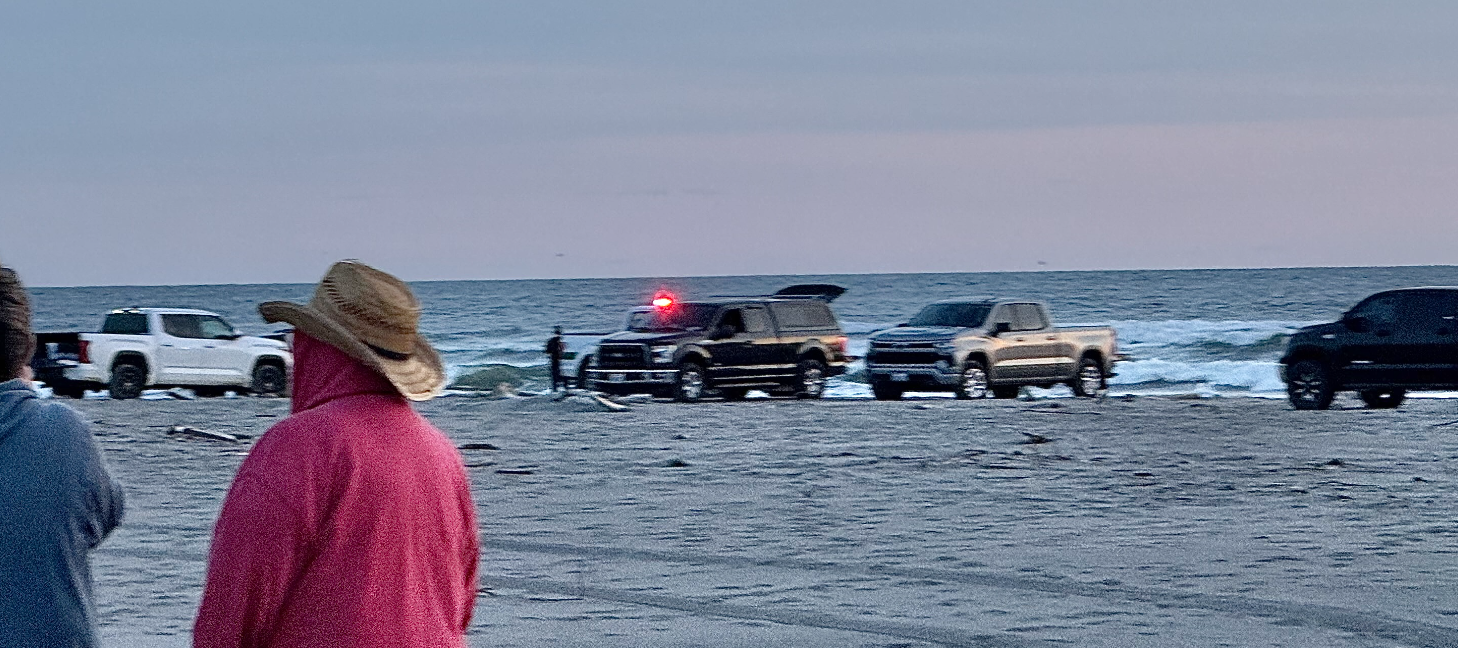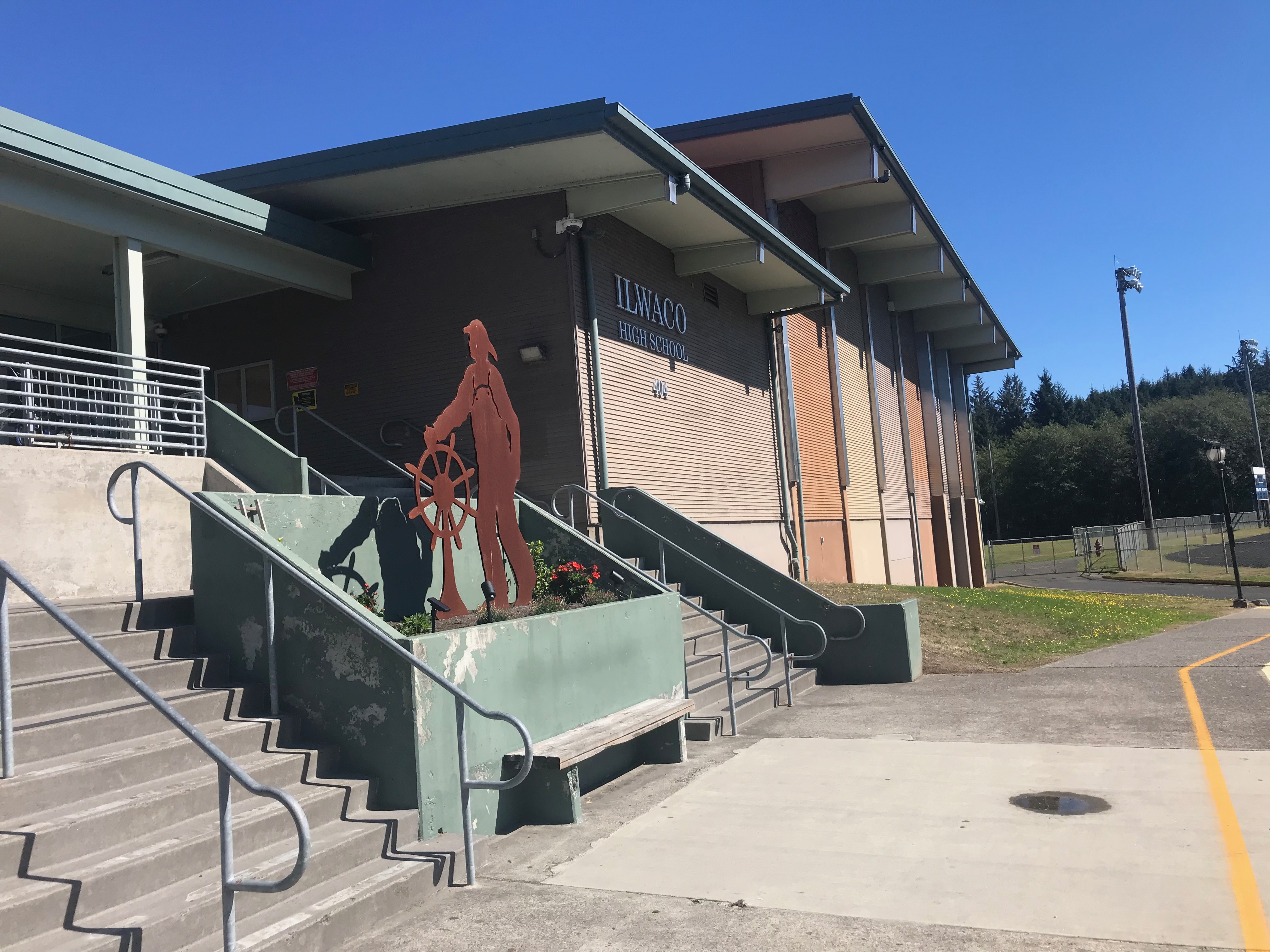Mussels, scallops and clams
Published 8:55 am Friday, November 22, 2024

- Scallop shells occasionally wash up in Cape Disappointment State Park. Large quantities of scallops were harvested in offshore waters in the mid-20th century.
Oysters are far from Pacific County’s only healthy shellfish. Razor clams are, needless to say, our most popular bivalves. And Manila clams are a major aquacultural crop grown inside Willapa Bay. Other species get less local attention:
“Mussels top the list for nutrients, said Christopher Golden, an expert on planetary health and aquatic foods at the Harvard T.H. Chan School of Public Health. A single serving holds all the vitamin B12 and omega 3 fatty acids you need for a day, along with three quarters of your zinc and iron. Next would be oysters, he said, followed by clams and scallops,” according to the New York Times report. Dungeness crab are delicious but less nourishing.
Mussels aren’t cultivated here in Pacific County. But they do grow wild on some of our headlands. I love a story David Campiche tells of adventurously leapfrogging from rock to rock to harvest some after he made a promise to prepare a mussel dish to celebrity chef James Beard, but didn’t actually have any on hand.
And I’m fascinated by local scallops, which were once harvested from the nearby sea bottom in vast quantities. The scallop fishery is one of our area’s interesting legacies, one that’s relatively unremembered. Since it involved the now-discredited practice of dragging the bottom, there is effectively little way to know how well scallops may have recovered from commercial over-harvesting three-quarters of a century ago. Elsewhere in Washington, some scalloping is allowed in the San Juans, but not — so far as I can tell — down here on the outer coast. Oregon does permit recreational harvests by divers, including out of Astoria.
Here’s a fascinating 1981 excerpt from our pages that touches upon the scallop fishery:
“Crewmen aboard the 78-foot drag fishing boat St. Joseph unloaded scallops at Jessie’s Ilwaco Fish Company but also unloaded bits and pieces of a mysterious plane wreck. Tangled in a nest of wires, parachute cords and the silk of the parachute itself were many parts of what is suspected to be a World War II vintage aircraft, and what might be human bones. Crewmen of the St. Joseph said they were dragging for scallops in 50 fathoms [300 feet] of water about 15 miles southwest of the mouth of the Columbia when they brought up the old equipment. This is the general vicinity where parts of another plane wreck were hauled to the surface in late May 1980 by Jim Suomela, skipper of the 52-foot dragger Columbia Star. Crewmen found a 13-foot piece of wing — later identified as belonging to a single-engine propeller driven Curtiss Helldiver dive bomber, built in the mid-1940s. Folding gear indicated it was an aircraft carrier plane. A 1943 Oldsmobile-manufactured 20 mm cannon was also recovered from the wreckage.”





